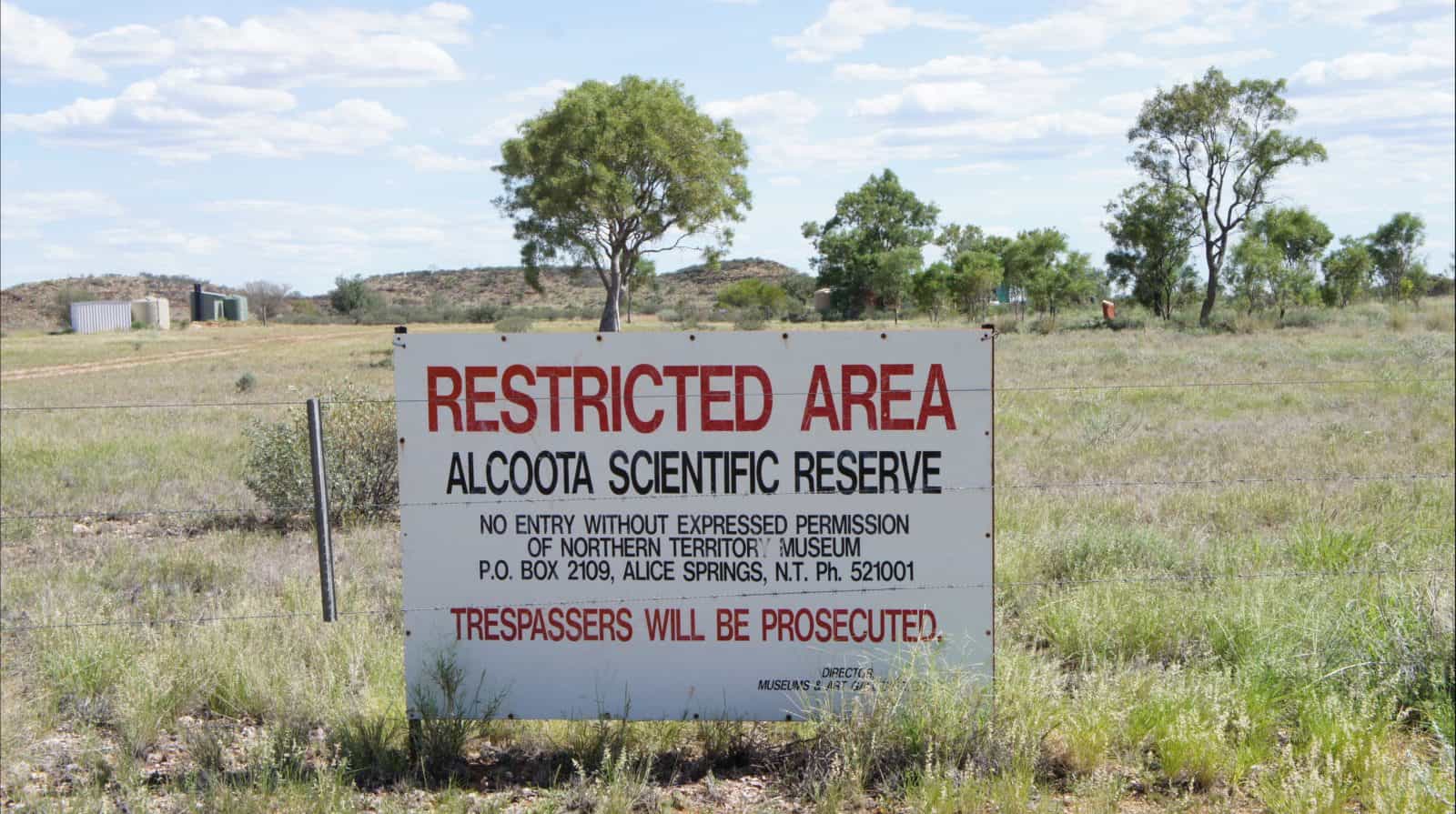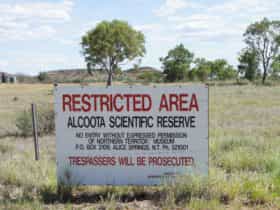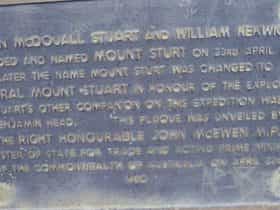
Alcoota Fossil Beds
Things To Do Anmatjere, Central Desert, Northern Territory
The Alcoota Fossil Beds are of particular importance in providing evidence for the evolution of the Northern Territory’s fauna and climate. They are a unique occurrence of well-preserved, often rare, Tertiary vertebrate fossils, the study of which will furnish a better understanding of the modern Australian fauna. They are also significant as a research and teaching site for palaeontology students and for containing the type locality of the Waite Formation. The beds are one of only three known vertebrate fossil sites in the Northern Territory, the others being Bullock Creek Fossil Site on Camfield Station and the Kangaroo Well Site on Deep Well Station.
This site has a rich concentration of vertebrate fossils dating to the late Miocene period (about 8 million years old) and contains an abundance of aquatic and stream-bank species. The fossil deposit consists of a series of bone-bearing lenses on a single horizon. The individual lenses are only about 1 metre across but extend for about 170 metres. Fossils from a wide range of marsupials, birds and crocodiles are present including anatids (duck), pheonicopterid (flamingo), diprotodontids (wombat-like marsupials), dasyurids, varanids (large goanna-like reptiles), thylacinid (thylacine-like animal) and crocodylids.



